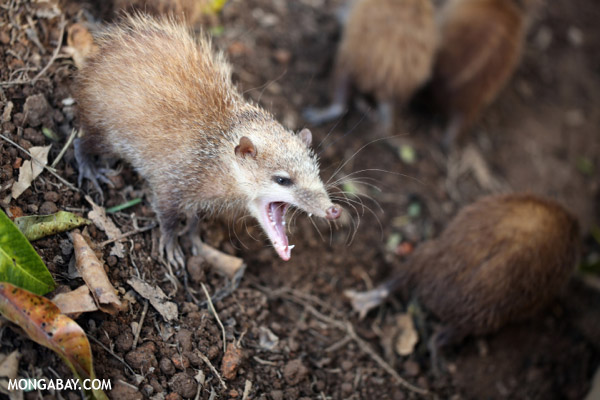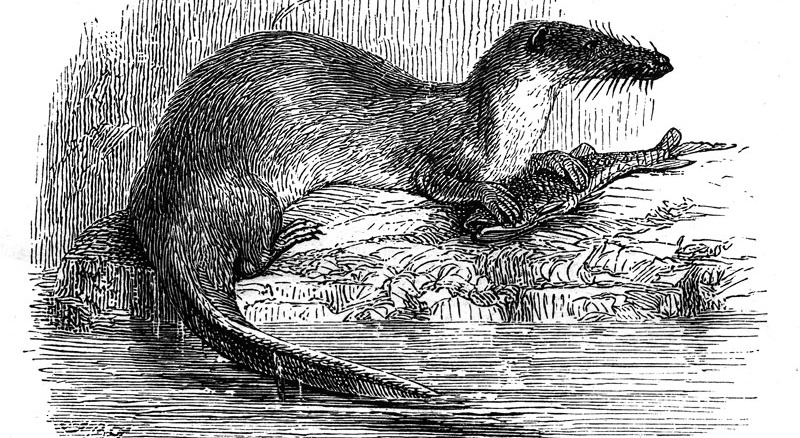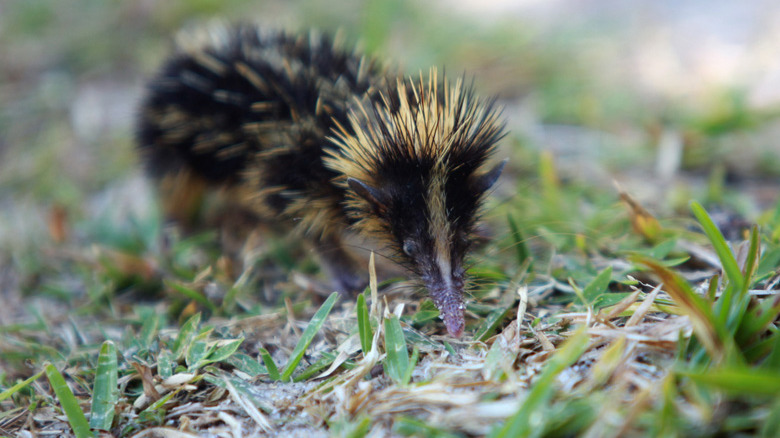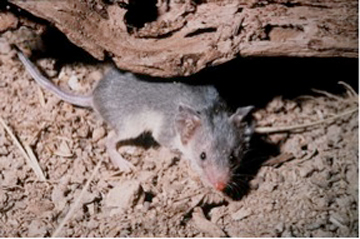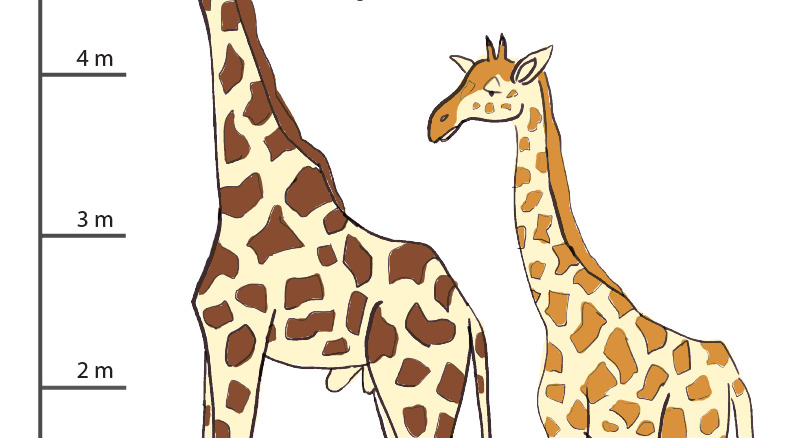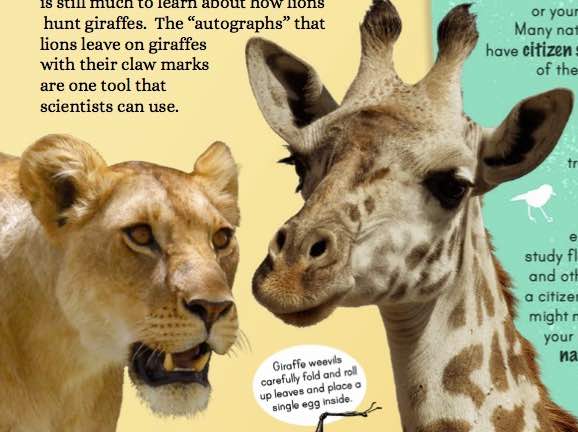By David Brown
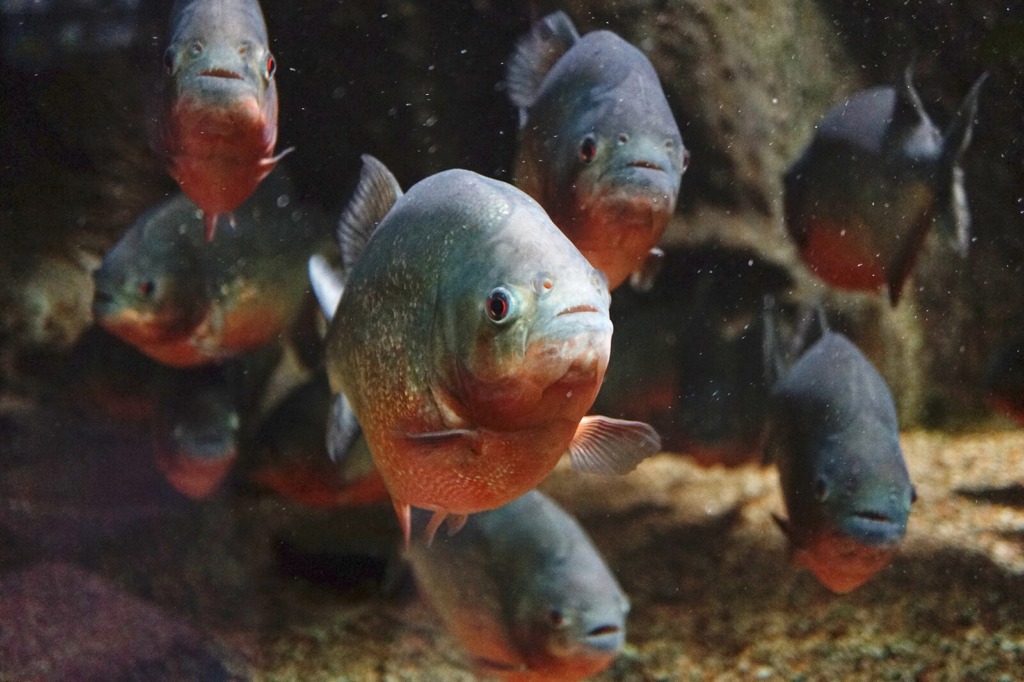
A spider monkey leaps from a branch hanging over the Amazon River in South America. She aims for a branch several feet away, but misses and plunges into the river. Instantly a set of razor-sharp fangs bites her, then another bite, and another … a swarm of razor teeth turns the poor monkey into a skeleton within 60 seconds.
Meanwhile, a supervillain cackles in his lair … he has a plan to lure the hero on to his trap door, where … WHAM! … the hero plummets into a pool of piranhas and meets his doom.
Former U.S. President Theodore “Teddy” Roosevelt visited Brazil in 1913 and called piranhas “the most ferocious fish in the world” in his book Through the Brazilian Wilderness. He witnessed piranhas skeletonizing a cow that was stuck in a shallow pool full of the fish.
These are the popular images of piranhas: truly vicious fish that eat their victims alive, leaving nothing but skeletons. But do piranhas deserve their monster fish reputations, or is piranha reality much more interesting than piranha fiction?
1. Piranhas were made to look like monsters to put on a show for Teddy Roosevelt
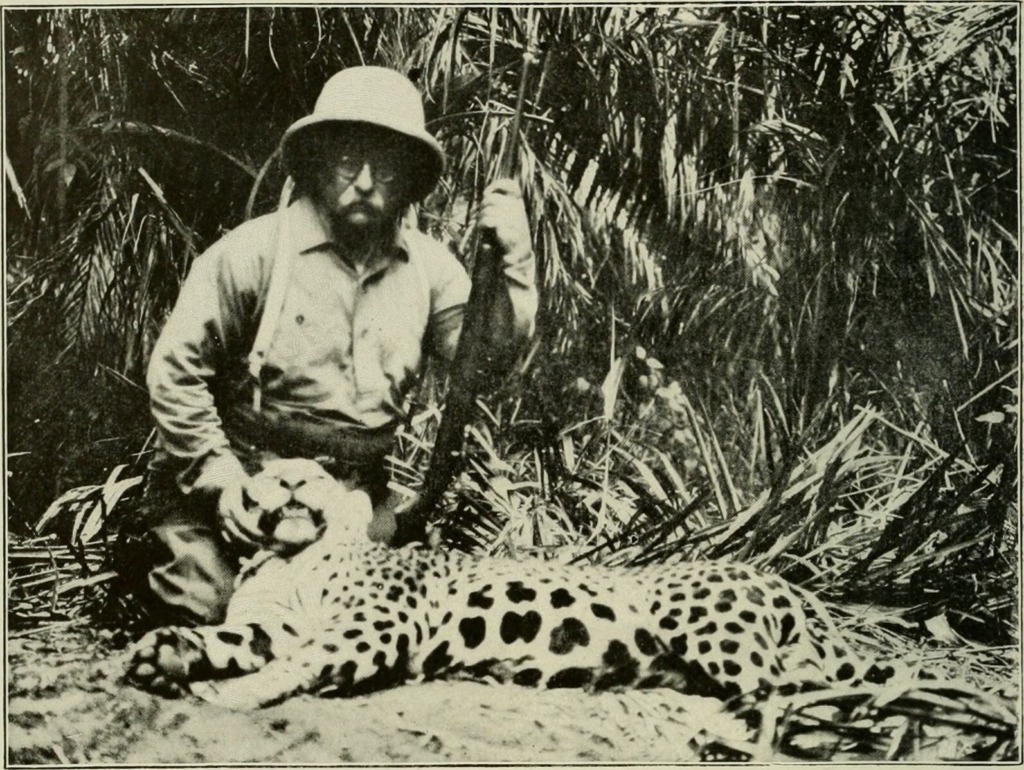
When Teddy Roosevelt visited the Amazon, local people wanted to impress their famous guest. They netted up a patch of river, creating a pool. They threw lots and lots of piranhas in the pool and starved them for days. People then picked out a sickly cow and dumped it into the pool of starving piranhas. The piranhas swarmed the cow and turned it into a skeleton in minutes.
Roosevelt thought that this staged display of piranha dinner manners was their normal behavior and wrote about it in his book Through the Brazilian Wilderness about his Amazon adventures. This is how the myth of piranhas as vicious monsters entered popular culture, and it remains how many people think piranhas feed over 100 years later.
Note: Some historians dispute that Teddy Roosevelt actually saw the cow getting eaten by piranhas, but no one doubts that he thought piranhas were vicious fish and that his book helped make people see them as monsters.
2. My, what big, sharp teeth you have
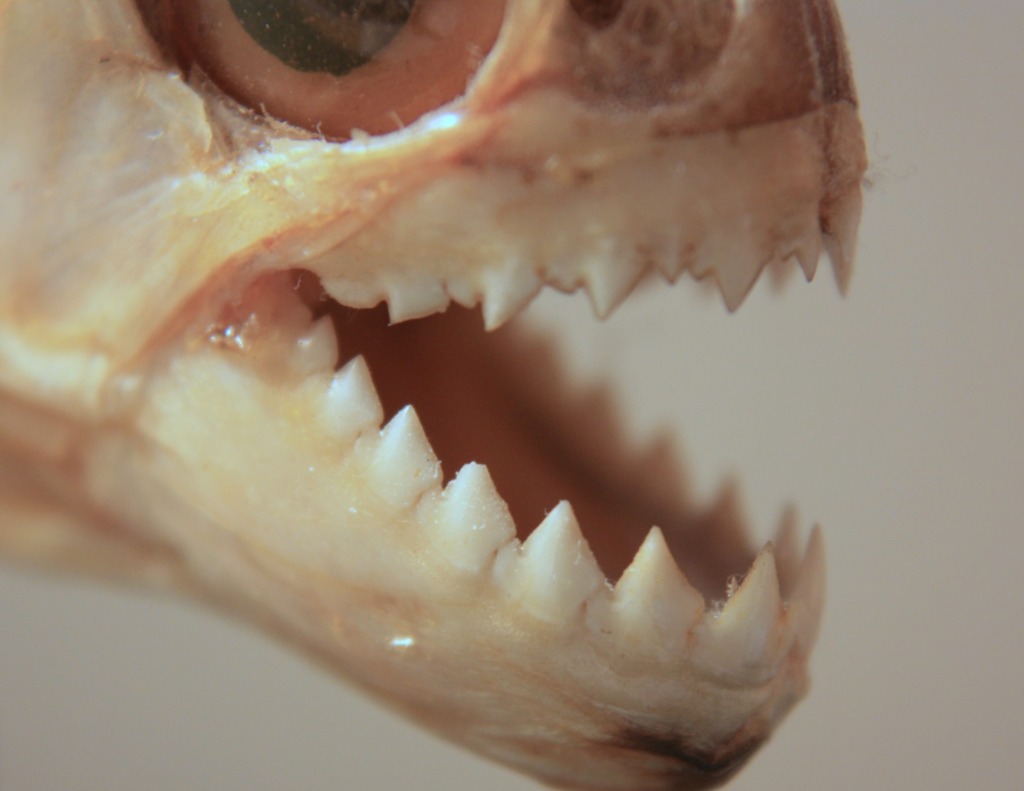

A piranha has a powerful lower jaw and can bite off large chunks of flesh with the shearing action of its sharp, inter-locking teeth. In movies, piranhas have sharp teeth sticking out like steak knives. In a real piranha’s mouth, its teeth are mostly hidden behind its lips. If you look closely you can just see the teeth tips within their mouths.
3. Gardening with piranhas

Red-bellied piranhas are one of the best-known piranha species. They are common in aquariums and people keep them as pets. Like all piranhas, their diets are more boring than their monster reputations suggest. Red-bellied piranhas are omnivores, meaning that they eat fruits and vegetable matter as well as meat.
The Amazon River floods its banks and spreads out into the rainforest for several months of the year. When the river flows into the forest, the piranhas go with it. Many species of rainforest trees drop their fruits in the river, and piranhas and their cousins, pacus, chomp up the fruit. A piranha that is full of fruit is also full of the seeds in the fruit. When the piranha poops out the seeds into the flooded forest, it helps spread them to new areas of the forest, where they can grow when the flooded river dries up.
4. Hunting goes both ways for piranhas
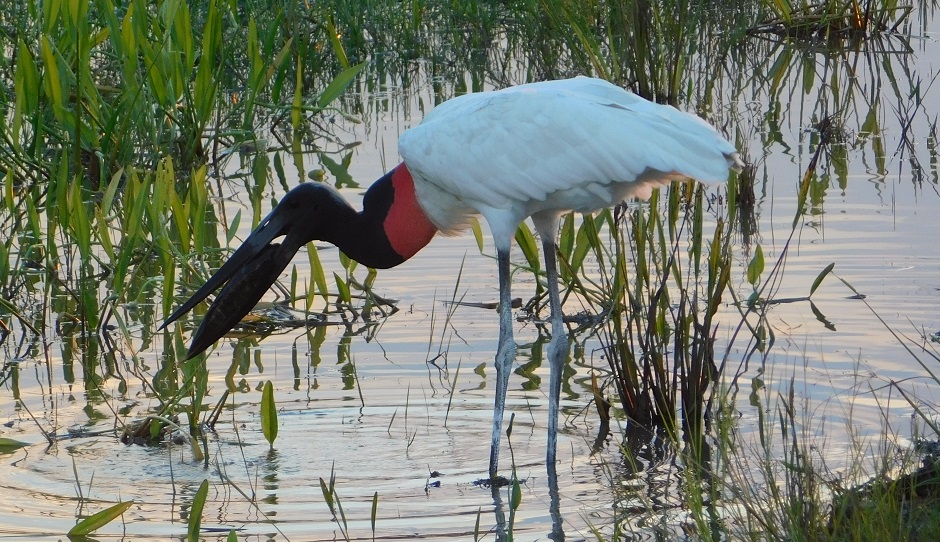
Piranhas are famous hunters, but they are also often hunted. Caimans, jaguars, giant otters, botos (freshwater dolphins) and other predators find piranhas delicious. Piranhas swim in shoals, meaning in groups. Shoaling does give piranhas safety in numbers. They can detect predators before they attack. Hanging out with other piranhas also lessens the chance that any one individual will be a target. “Oh no, the otter got Cousin Mel! At least it wasn’t me! PHEW!”
5. How many species of piranhas are there?YOU try to figure it out!
There could be anywhere between 20 and 60 species of piranhas. Scientists still debate what fish groups exactly should be called “piranhas.” Genetic studies show that some populations of piranhas are different enough from other populations that they may be distinct species.
While the ichthyologists (fish scientists) try and sort out how many piranha species there are, the piranhas are busy eating fruit, occasionally swarming to eat meat, and trying not to become meals themselves.
Piranhas are important members of their rainforest river ecosystems, and definitely not the monster fish that popular culture and Hollywood movies make them out to be.
People in Brazil regularly swim in rivers where piranhas live, and nobody has been eaten by them.

